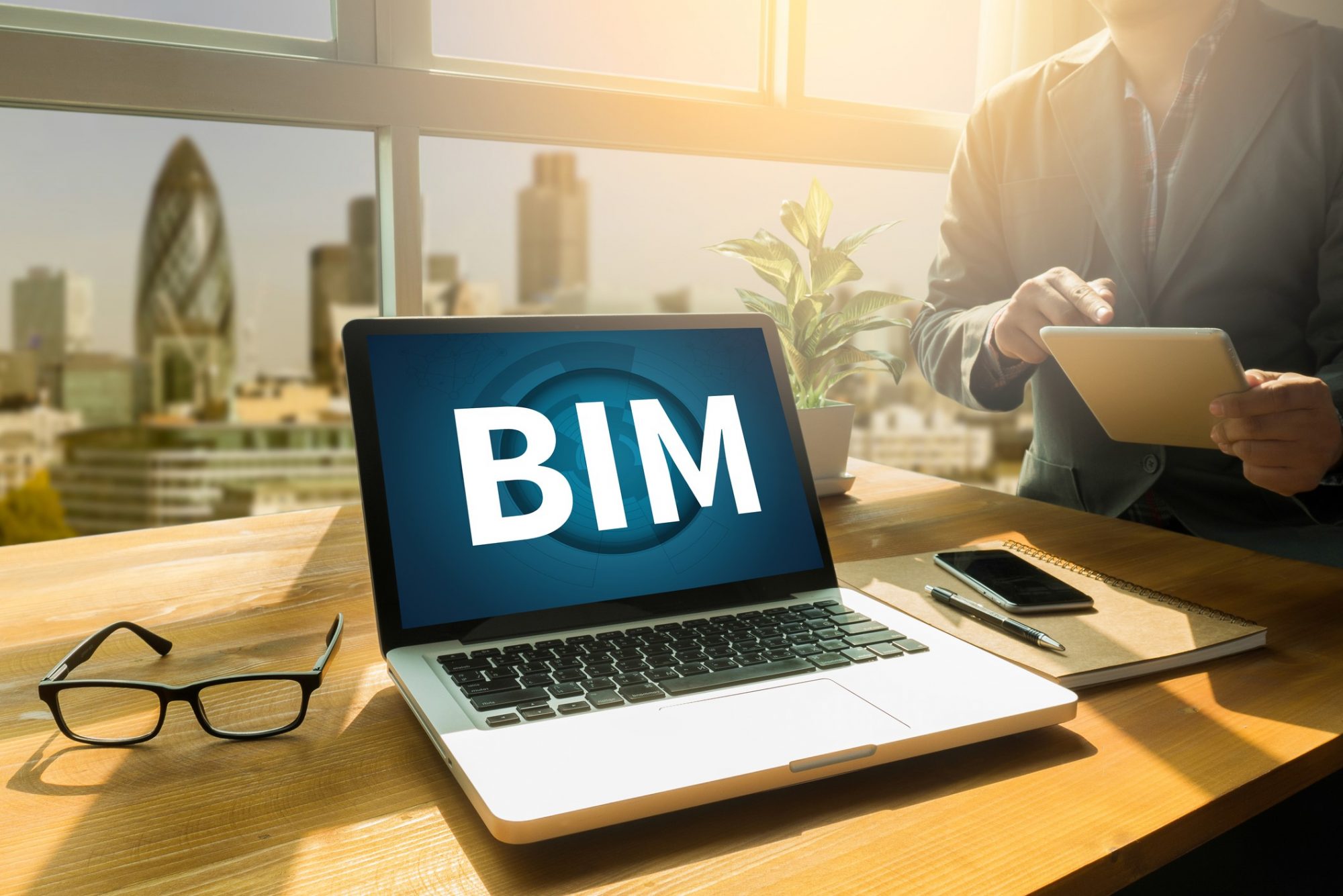BIM, despite being a small acronym, is a big word in construction.
While there has been a lot of hype around BIM over the last few years we see the conversation is starting to shift toward companies asking – what’s really in it for me? However, the discussion needs to further evolve to start looking at how BIM can help define and create better business outcomes.
Models are important but they aren’t the be all and end of the information revolution – it’s the data that’s important, and for many in the industry that will still be shared in familiar 2D products like MS Word or Excel.
BIM allows clients, operators and maintenance teams to have all their data for an asset in one place. It allows for meaningful analysis across a wider selection of business information to be carried out rather than making business decisions based upon anecdotal guesses. By combining disparate data sets together – linked around a model of the asset – it becomes possible to review infrastructure data in a much more powerful way and as a result, manage assets better.
Implementing and using shared data sets with feedback of what actually works – proven by hard evidence – will improve design in the future. However, this shift of how we manage information requires more than just using software, it requires a behavioural change. This is the real change that BIM brings to businesses. It breaks down silos and enables individuals, groups and departments to share information openly and transparently. This doesn’t mean that all information needs to be shared with everyone all the time – BIM provides the opportunity for relevant information to live in the model and only be accessed when needed.
While BIM has and is continuing to help evolve and change the construction industry the next big step will be harnessing remote sensing and telemetry. Real time feedback on the performance of structures such as bridges and tunnels will allow managers to understand how their assets are actually performing. Automating processes so that out of range figures trigger further analysis or inspections, creates the ability for pre-emptive maintenance to be carried out in a structured way rather than just having reactive or end of life strategies in place.
BIM can mean something different to everyone and that’s not a bad thing. But better data sets make for better decision making and help owners, operators, designers and installers work much more efficiently from a position of knowledge rather than ignorance.
Tekla Structures BIM software
We constantly test and develop Tekla Structures and help you to get started with it.
Models created with Tekla BIM software carry the accurate, reliable and detailed information needed for successful Building Information Modelling and construction execution. Welcome smoother workflow to your company with Tekla Structures and constructable models.
Tekla works with all materials and the most complex structures – you set the limits. Our customers have used Tekla Structures to model stadiums, offshore structures, plants and factories, residential buildings, bridges and skyscrapers.
Help with implementation
Tekla staff and our resellers help with implementation of the software. We work closely with our customers and offer local support, training and consultation.
Open approach to Building Information Modelling
Although Tekla is ready to use, the software is also highly customisable. As Tekla has an open approach to BIM, you can run other providers’ solutions and fabrication machinery and still interface with Tekla. Extending and enhancing Tekla Structures is easy with Tekla Open API, the application interface.
Duncan Reed
Digital Construction Process Manager
Tekla
Tel: +44 113 307 1200





![[Video] Fireco: 80 new fire doors required for residential flats in London](https://www.pbctoday.co.uk/news/wp-content/uploads/2025/04/2024-06-01-Lords-view-one_1200x750_004-218x150.webp)








